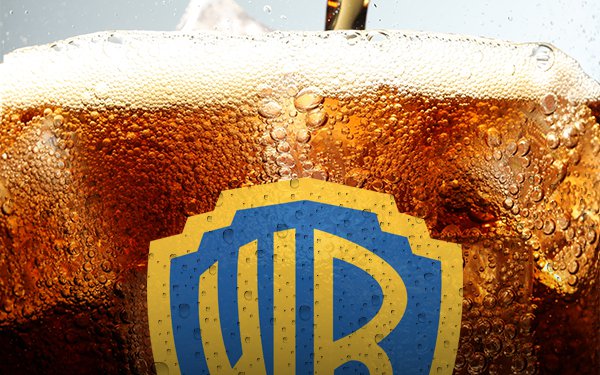Local TV Faces Strong Crosswinds in 2026
Unpredictable economic, regulatory and technology environments will keep broadcasters on their toes next year, says BIA’s Rick Ducey.

NEW YORK — Broadcasters face confusing crosswinds as they plan for the immediate future, with macroeconomics, regulation and technology all in heavy flux, said Rick Ducey, managing director, BIA Advisory Services, at TVNewsCheck’s Local TV Strategies conference at NAB New York on Wednesday.
The immediate forecast for broadcasters is positive, with political spending expected to come in strong in 2026. Local TV, including cable, is predicted to rake in nearly $4 billion in political spend next year, or about 45% of the total amount spent on local video, while connected TV (CTV) and over-the-top (OTT) offerings will snag nearly $1 billion, or 11% of the total spend. PC/laptop video, including social media, will take in 13.5% at $1.2 billion, BIA estimates.
Beyond the overall crosswinds, there are several factors in play that make it hard to predict how politicians, campaigns and Super PACs will spend in 2026. The Supreme Court is expected to decide on a case that could loosen regulations on political spending. Analysts are still waiting to see how Democrats are going to position and place their messaging, and redistricting could impact the competitiveness of many local races.
As a baseline, BIA predicts that in 2025 the total local advertising marketplace will equal nearly $30 billion, with local over-the-air TV taking nearly half of that investment at $14.3 billion. Breaking that down further, local PC/laptop video will nab 16.3% of that at nearly $5 billion, mobile video will take 12.1% at $3.6 billion. CTV/OTT and local cable tie at 7.4% each or $2.2 billion. Finally, digital out-of-home sweeps up 5.1% of that money, equaling $1.5 billion.
While political spending brings big dollars to broadcasters every other year, and local over-the-air broadcast is still the biggest platform for local advertising by far, core spending on local broadcasting continues to decline, while CTV/OTV makes inroads. In 2023, core spending on local TV hit $15.6 billion. That declined to $14.9 billion in 2024, $14.3 billion in 2025 and is predicted to fall again to $13.9 billion in 2026. Spend is moving to CTV/OTT because marketers prefer the ease of buying targeted campaigns on self-serve platforms where they can also get immediate performance metrics.
“Campaigns layered on top add value and pizazz to campaigns so that’s where we see marketers going,” Ducey said.
Looking at the biggest spenders on local media in the past year, Ducey identified real estate, which is up 10.4% to $6.12 million; restaurants, up 7.8% to $15 million; finance/insurance, up 4% to $23 million; retail, up 3% to $25.17 million and automotive, up 1.4% to $11.9 million.
While automotive, typically one of the largest spenders on local media, has been soft due to post-pandemic economic conditions, “it’s still one of the highest growth categories,” Ducey said.
As anyone would expect political dropped off almost completely in off-cycle 2025, declining 83%. Also down are media, healthcare and pharmaceutical, and general services. Pharmaceutical is a huge spender on local media, but the category is potentially facing regulation that could limit pharmaceutical companies’ ability to place advertising on TV. Education is up a bit, 0.3%, but education advertisers are turning to the targeted options of local CTV/OTT.
Unsurprisingly, CTV/OTT is expected to be the fastest-growing media in 2025, increasing 29.3% from 2024. Categories such as legal services, hospitals, new car dealers, automotive manufacturers, and supermarkets and other grocery stores are all increasing buying on CTV/OTT platforms. New car dealers have upped their spend in this space by about 25%, while the other categories are all up about 30%.
Key vertical spenders on local TV in 2025 are legal services at $1.7 billion, auto manufacturers at $989 million, pharmaceuticals at $882 million, tier 2 automotive at $795.7. million and quick-service restaurants at $703 million.
As broadcasters plan for the future, competition in the local video marketplace is getting stronger. Big video providers like Netflix, Amazon Prime Video and Disney have entered the space with ad-supported video on demand (AVOD) offerings. Consumers are moving off of subscription-based services and on to FAST and AVOD platforms as they look to save money, while short-form vertical and shoppable video are attracting a lot of local eyeballs. For their part, advertisers are seeking targeted cross-platform solutions and automated buying options. And on the technology side, artificial intelligence is coming to advertising, both in terms of generative AI helping to create commercials and machine learning helping to manage the process on the backend.
But change can come to local broadcast, Ducey said, quoting Microsoft founder Bill Gates who said: “We tend to overestimate what we can achieve in one year and underestimate what we can change in 10.”





